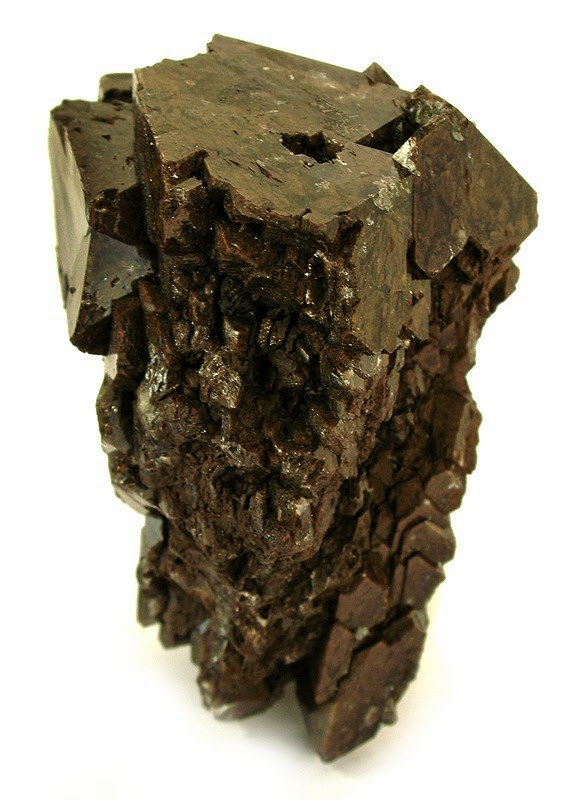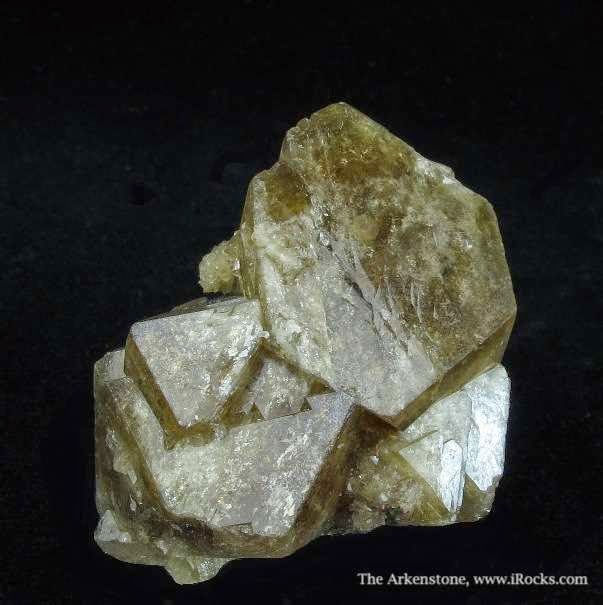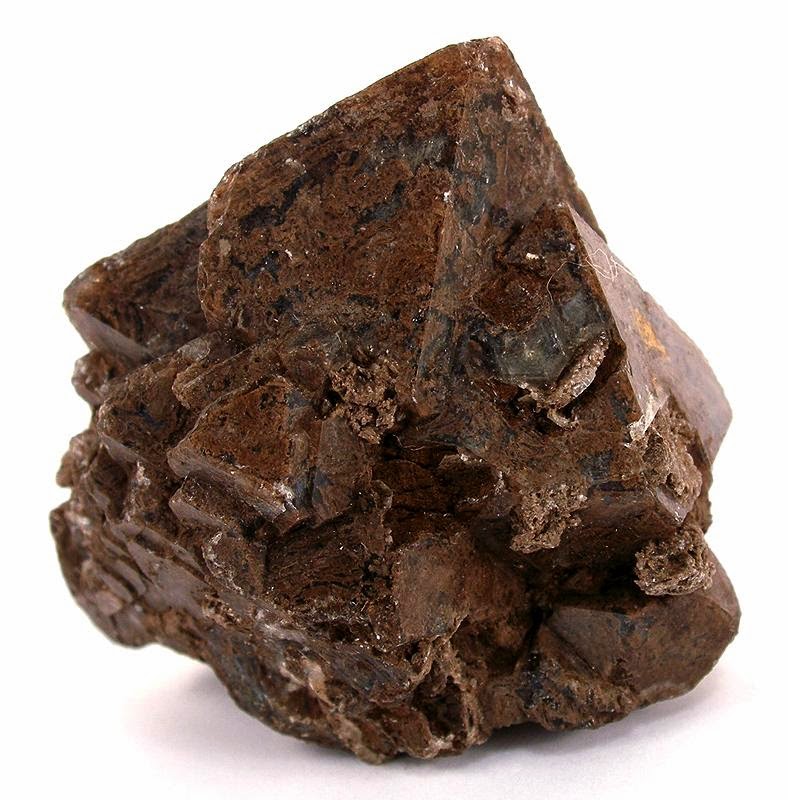
Chemical Formula: Al2[C6(COO)6]·16H2O
Locality: Arten, Thüringen, Germany
Name Origin: From the Latin mel – “honey.”
Mellite, also called honeystone, is an unusual mineral being also an organic chemical. Chemically identified as an aluminium salt of mellitic acid; that is, aluminium benzene hexacarboxylate hydrate, with the chemical formula Al2[C6(COO)6]·16H2O.
It is a translucent honey-coloured crystal which can be polished and faceted to form striking gemstones. It crystallizes in the tetragonal system and occurs both in good crystals and as formless masses. It is soft with a Mohs hardness of 2 to 2.5 and has a low specific gravity of 1.6.
It was discovered originally in 1789 at Artern in Thuringia in Germany it has subsequently also been found in Russia, Austria, the Czech Republic, and Hungary. It was named from the Greek μέλ˘ι, “melis” for honey, in allusion to its color.
It is found associated with lignite and is assumed to be formed from plant material with aluminium derived from clay.
History
Discovery date : 1793
Town of Origin : ARTEN, THURINGE
Country of Origin : ALLEMAGNE
Optical properties
Optical and misc. Properties : Transparent to Translucent
Refractive Index : from 1,51 to 1,53
Physical Properties
Cleavage: {011} Imperfect
Color: Brown, Brownish white, Colorless, Yellow, Golden brown.
Density: 1.55 – 1.65, Average = 1.6
Diaphaneity: Transparent to Translucent
Fracture: Conchoidal – Fractures developed in brittle materials characterized by smoothly curving surfaces, (e.g. quartz).
Hardness: 2-2.5 – Gypsum-Finger Nail
Luminescence: Fluorescent and Phosphorescent, Short UV=blue, Long UV=blue.
Luster: Vitreous (Glassy)
Streak: white
Photos :












